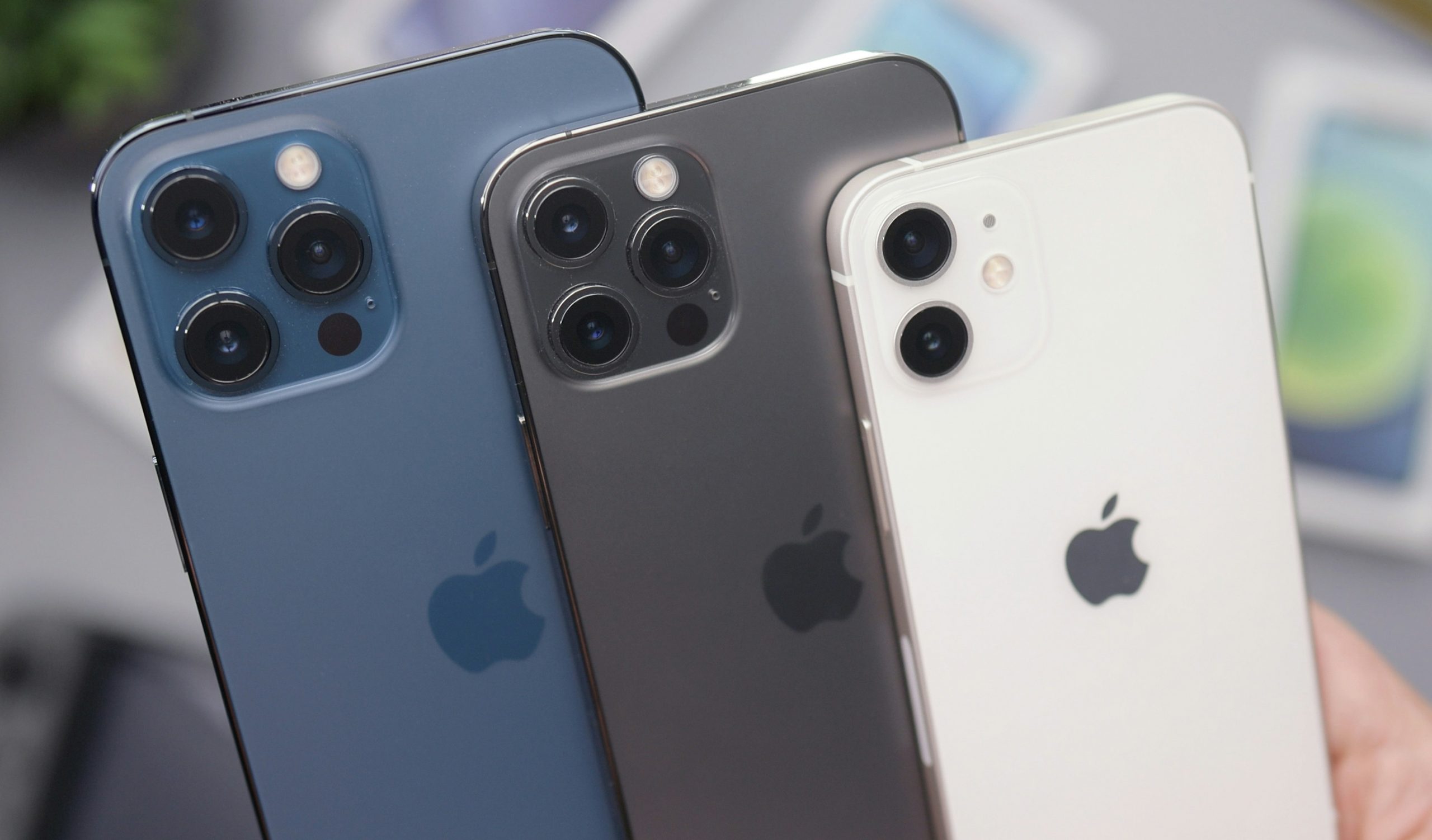You Need to Turn on Apple’s New Stolen iPhone Tool

Apple today launched a new tool for iPhones to help reduce what a thief with your phone and passcode can access. The feature, called Stolen Device Protection, adds extra layers of protection to your iPhone when someone tries to access or change sensitive settings on your device. If someone tries to access passwords stored in Apple’s keychain, for instance, they won’t be able to unless they also use a fingerprint or the phone’s face recognition to prove they’re the legitimate owner.
Stolen Device Protection is included with iOS 17.3, the latest iteration of Apple’s mobile operating system, which was released today. The feature should be high on your list to enable. It better protects your data—without you having to do anything—and has the potential to disrupt thieves. The move from Apple, according to cybersecurity experts, is a positive one and adds to the protections that already accompany passcodes.
The stolen iPhone protection is “likely to act as another barrier and put more pressure on thieves when targeting victims,” says Jake Moore, a global cybersecurity adviser at security firm Eset and a former police computer crime investigator. “Selling phones will always be big business among organized crime groups, but criminals will just need to work harder on their craft now.”
When you turn on Stolen Device Protection, Apple puts extra limits on some settings when your iPhone isn’t at a familiar location, such as your home or work. If someone unlocks your phone and tries to change these settings, they’ll have to use Face ID or Touch ID. So if a thief has your phone and passcode, they won’t be able to change the settings unless they have your biometric information too, which is not straightforward to clone and fool the systems that power them.
This hour delay applies to attempts to change your Apple ID password, sign out of Apple ID, or update Apple ID account security settings, such as removing a trusted device. The delay is also in place if someone tries to remove Face ID or Touch ID accounts, change your iPhone passcode, reset your settings, disable the Find My tool, and turn off Stolen Device Protection itself. If a thief has your phone, there’s a chance they’ll want to change these settings quickly to either take over your phone or online accounts, and the delay may reduce their ability to do so. Moore says the extra hour’s delay adds a “greatly appreciated layer of security.”
How to Turn it On
Turning on the iPhone’s Stolen Device Protection is simple—it’s just one small toggle in your phone’s settings. You need to make sure your iPhone is updated to iOS 17.3. Open the Settings app, scroll to Face ID & Passcode, then to Stolen Device Protection, and turn the switch on.
With the new feature, Apple is increasingly relying on biometrics, through Touch ID and Face ID, as a way of proving the person with your phone is actually you. “Apple now has a decade of experience with biometrics on hundreds of millions of devices, and its confidence in them seems to be growing,” says Mark Stockley, a cybersecurity expert at security firm Malwarebytes. Traditionally, he says, a password or passcode has been the option that’s turned to when biometrics fail to work. With this new feature, the roles are being reversed, indicating a greater trust in the technologies. “This could be a step towards a passcode-less future,” Stockley says.
While Stolen Device Protection is a step forward, it doesn’t protect everything on your phone if a thief gets hold of it and your passcode. It’s worth making sure your data is backed up, and some apps, such as WhatsApp, will allow you to add another (ideally different) passcode or PIN, on top of your phone’s passcode, before allowing someone into the apps.
Broadly speaking, if your iPhone is stolen—beyond contacting the cops—you’ll also want to visit Apple’s iCloud to take back control of your device. “Start by changing your Apple ID password and ticking the option to sign you out of devices and websites you’re currently logged in to,” Stockley says. Then, within iCloud’s Find Devices settings, you can mark your phone as lost and remotely wipe it. Hopefully, Stolen Device Protection’s features will never need to come to your rescue, but for every person who turns it on, it makes thieves’ lives just that little bit harder.
